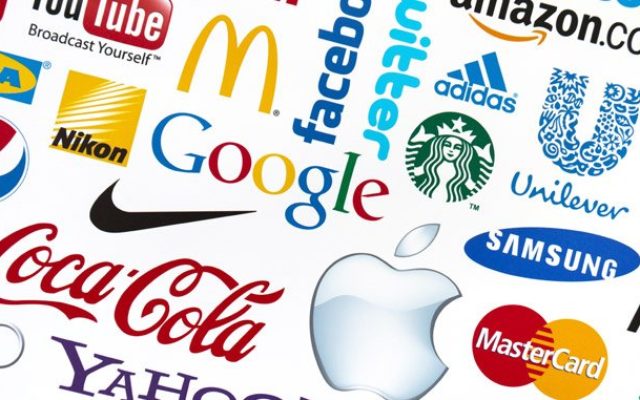Is Branding on its deathbed?
Most readers would probably at least agree that marketing has not been the same since the arrival of the World Wide Web and, more recently, mobile technology and social media. Globalization has also been a disruptive force and the full impact of Big Data and IoT have yet to be seen. Our new world, brave or otherwise, is still unfolding and the only prediction that’s a reasonably sure bet is that the marketing world will be very different in 20 years than it is now.
How has branding been affected by all this? First, just to review, branding is:
The process involved in creating a unique name and image for a product in the consumers‘ mind, mainly through advertising campaigns with a consistent theme. Branding aims to establish a significant and differentiated presence in the market that attracts and retains loyal customers.
It can take many forms, depending on company size, industry, level of economic development in a country and national culture. Some branding is quite simple and aims for noticeability on a supermarket shelf (see, for example, Byron Sharp’s 2010 book How Brands Grow and its recent sequel) while other branding strategies try to build strong emotional bonds between a product or service and consumers (e.g. David Aaker and Kevin Keller’s work).
The value of branding can be assessed in different ways. Central to this is the notion of brand equity, the basic idea of which is:
That the owner of a well-known brand name can generate more money from products with that brand name than from products with a less well known name, as consumers believe that a product with a well-known name is better than products with less well-known names.
In the 1990s, marketing research established that part of this equity comes from consumers believing the branded product is better than the sum of its perceived attributes (known as the “Marlboro effect”, as it is especially strong for cigarettes) and part of it comes from consumers perceiving their branded product’s attributes to be better than they actually are (the “perception effect”).
Some Questions
We do not claim to know the future but, thinking ahead 10-15 years, we do feel there are some important issues marketers should be asking themselves now. Here is just a sample:
- With brand fans connecting with each other (in brand communities) and engaging rival brand fans in social media (“dancing with the enemy”), to what extent is brand equity driven by the overall impression (e.g. “Apple is simply the best, even though the current iPhone is inferior to the Samsung equivalent on many attributes”) or by colored attribute perceptions (e.g. “my iPhone is better on every attribute than the Samsung equivalent”)?
- Through social media, online product reviews, specialist blogs and online retailing, will the consumer finally become king and direct company actions? Or will companies adapt and relations stay basically the same?
- How can marketers influence given the proliferation of choice and strong price competition?
- Will detailed behavioral insights from Big Data and nudging through the application of behavioral economics combine to build brands?
- Will nudging have more differential impact through branding than through other aspects of marketing, or less?
- Will online reviews seriously undermine the importance of brands as carriers of information?
- Conversely, will social media counteract online reviews by enhancing the importance of brands as a means by which consumers can communicate and express themselves?
- Will lower-tier brands without a strong brand identity quickly lose their value, just as they are the first to loose market share when a private label (store brand) enters the category?
- An FAQ: has omni-channel marketing made branding too unwieldy, even if branding still has some payoff? Or is branding more important than ever when consumers more easily choose and switch channels?
- Will branding grow in importance by bringing coherence across channels, categories and cultures? Will we finally see the “global village” or will cultures continue to evolve on related, but clearly separate paths?
Your Thoughts?
Of course, we don’t have the answers to these questions and there are surely many other significant questions we have not posed here. We would be interested in your thoughts.
By Kevin Gray and Koen Pauwels
______________________________________________________
Kevin Gray is president of Cannon Gray, a marketing science and analytics consultancy. Koen Pauwels is Professor of Marketing at Ozyegin University, Istanbul and Honorary Professor at the University of Groningen. Kevin and Koen would like to thank Peeter Verlegh, professor of Marketing at VU University Amsterdam, for his helpful comments on a draft of this article.
This article first appeared in the ESOMAR publication RW Connect on March 3, 2016.
Article by channel:
Everything you need to know about Digital Transformation
The best articles, news and events direct to your inbox
Read more articles tagged: Featured






